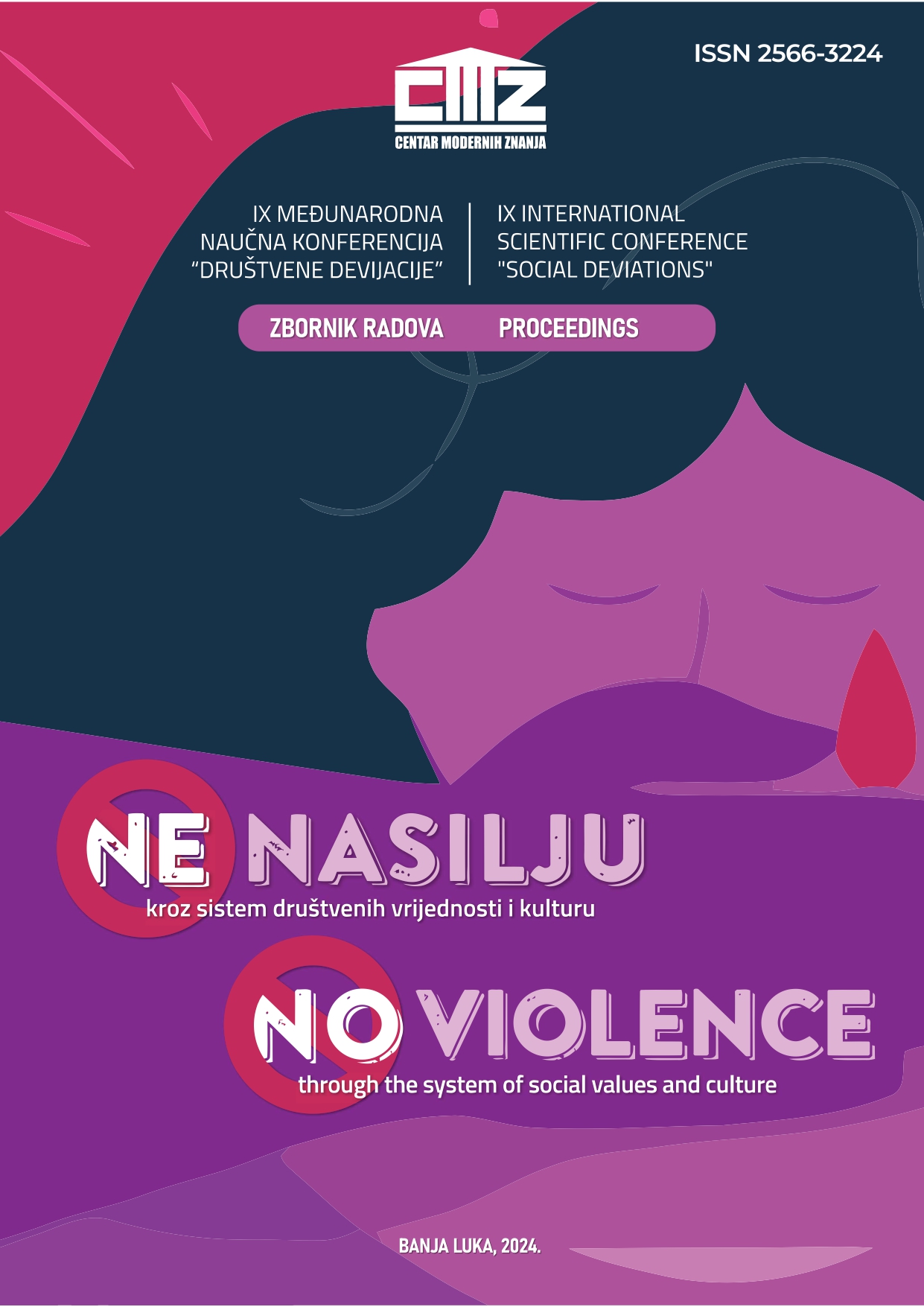VRŠNJAČKO NASILJE U REPUBLICI HRVATSKOJ
PEER VIOLENCE IN THE REPUBLIC OF CROATIA
Author(s): Snježana BošnjakSubject(s): Social Sciences, Psychology, Sociology, Criminology, Studies in violence and power, Victimology, Social Norms / Social Control
Published by: CENTAR MODERNIH ZNANJA
Keywords: bullying; Croatian legislative framework; violence; prevention; peers;
Summary/Abstract: Peer violence is defined as unwanted aggressive behavior directed towards a specific person, which is repeated for a long time and in which there is a disparity of strength or power between the perpetrator and the victim, and it began to be observed in the 70s in the Scandinavian countries under the term mobbing, which was introduced by the school doctor Heinemann using it in the context of racial discrimination. This word comes from the English word mob, and it marks a relatively large and anonymous group of people involved in action towards a deviant individual. Soon after, an interest in studying peer education of violence also appeared in the rest of the world, and it became known that there are various forms of peer violence. Some statistics in the US show that there are over six million boys and four million girls annually involved in fights on the school grounds, a student was attacked every seven minutes on the playgrounds. In order to promote non-violent behavior, the National Anti-Violence Day is celebrated every year of peer violence or "Pink Shirt Day", known in Croatia as the Day of Pink Shirts. Peer violence leaves negative consequences for those who participate in it. Victims and perpetrators victims of peer violence, on average, more often suffer from depressive and anxiety disorders and suicidal thoughts, even in adulthood, people can show harmful patterns of behavior due to peer pressure violence during school days. In terms of reducing the incidence of peer violence, a very important factor is precisely this prevention at all levels of the educational system. In the form of reduction of manifestations, various programs and violence prevention measures are used, and it has been shown that they are successful methods perpetrators and victims with understanding, but persistently (non-violently) punish the perpetrators, include community and parents and educate children, serve as a positive example and set strict boundaries around it what is acceptable behavior and what is not.
Journal: DRUŠTVENE DEVIJACIJE
- Issue Year: IX/2024
- Issue No: 9
- Page Range: 341-348
- Page Count: 8
- Language: Bosnian, Croatian, Serbian

